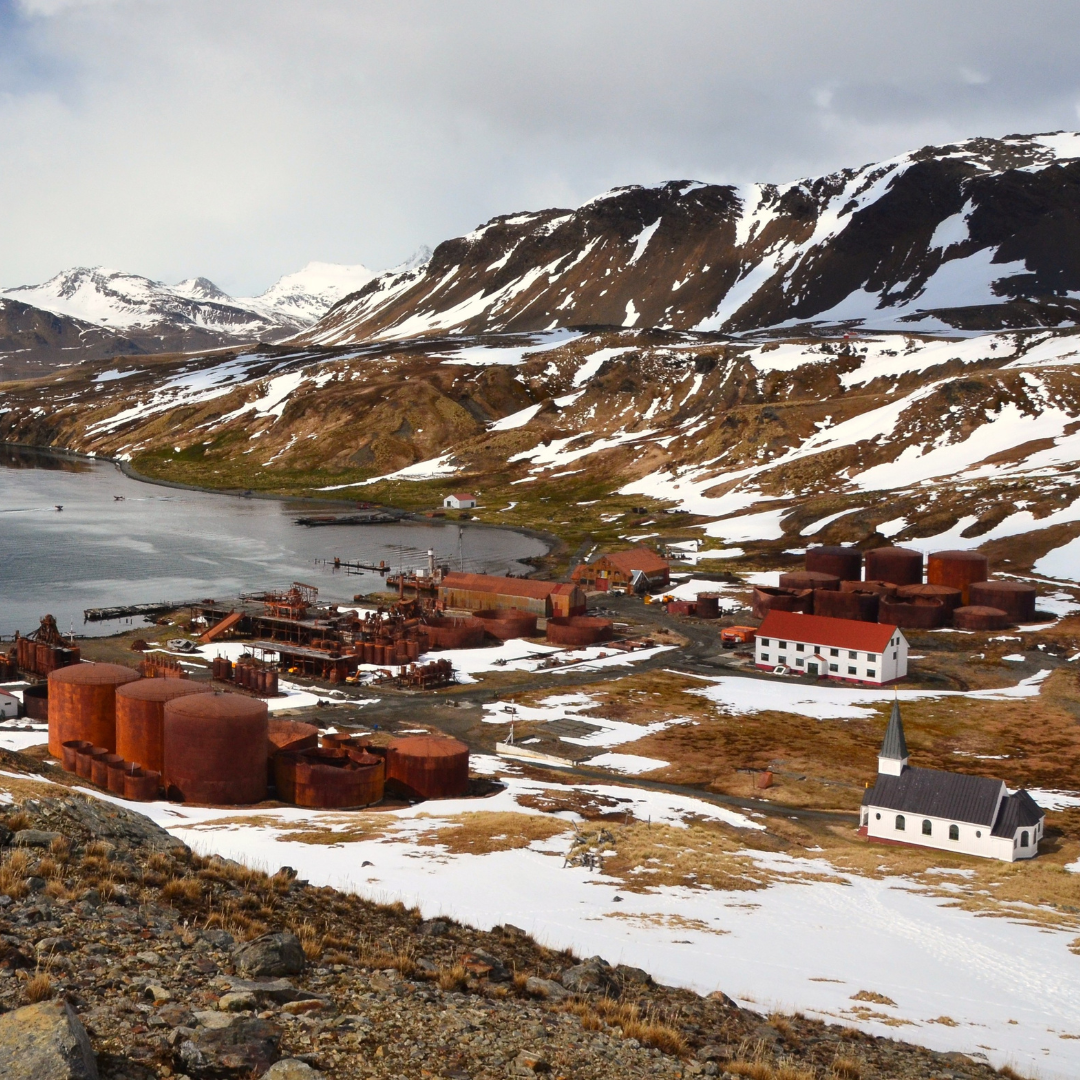Journeying into the Arctic is an adventure like no other, but it also comes with its unique challenges. From extreme cold temperatures to unpredictable weather conditions, navigating the Far North requires careful preparation and a keen understanding of the environment. Join us as we dive into the Arctic Survival Guide, providing essential tips and insights for safely exploring this remarkable region.
Dressing for the Arctic Cold:
The Arctic’s frigid temperatures demand appropriate attire. Layering is key to insulating your body and retaining heat. Start with a moisture-wicking base layer, add insulating layers, and finish with a windproof and waterproof outer shell. Don’t forget to protect your extremities with warm gloves, a hat that covers your ears, and insulated boots for added warmth and traction on icy terrain.
Navigating Extreme Weather Conditions:
The Arctic is known for its unpredictable weather, ranging from sudden storms to strong winds. Plan your activities accordingly, paying close attention to weather forecasts and advisories. Stay updated on changing conditions and be prepared to adjust your plans if necessary. Always bring essential safety gear, such as navigation tools, emergency communication devices, and extra supplies in case of unexpected circumstances.
Wilderness Survival Skills:
Before venturing into the Arctic, acquire basic wilderness survival skills. This includes knowledge of shelter-building techniques, fire-starting methods, navigation using a compass or GPS, and basic first aid. Familiarize yourself with potential hazards, such as thin ice and polar bears, and learn how to mitigate these risks. Having these skills will ensure your safety and enhance your Arctic experience.
Respecting Wildlife and Nature:
The Arctic is home to diverse and captivating wildlife. While it’s an incredible opportunity to observe these creatures in their natural habitat, it’s essential to do so responsibly. Keep a safe distance from wildlife, respecting their space and natural behaviors. Avoid disturbing nesting sites or breeding grounds. By respecting the wildlife and their habitat, you contribute to the conservation efforts aimed at protecting these fragile ecosystems.
Preparedness and Emergency Planning:
In the Arctic, being prepared for emergencies is crucial. Carry a well-stocked survival kit that includes essentials such as food, water, a first aid kit, a means of communication, and signaling devices. Inform others about your travel plans, including intended routes and expected return times. Acquiring travel insurance that covers medical emergencies and evacuation is highly recommended for added peace of mind.
Understanding Cultural Sensitivities:
When visiting Arctic communities and engaging with indigenous people, it’s important to be respectful and culturally sensitive. Familiarize yourself with local customs and traditions, and observe any guidelines or protocols established by the community. Engage in meaningful cultural exchange while recognizing and appreciating the unique heritage of the Arctic’s indigenous populations.
Exploring the Arctic requires careful preparation, resilience, and respect for the environment and its challenges. Following the guidelines in this Arctic Survival Guide will equip you with the essential knowledge and skills to navigate and appreciate this incredible region safely. Let the experts at Cruise Planners – Island Girl Travel and Vacations assist you in planning your Arctic adventure, ensuring that you embark on an unforgettable journey responsibly and well-prepared.
#Arctic #SurvivalGuide #ExtremeWeather #WildernessSkills #Conservation #CulturalSensitivity #Prepared




